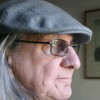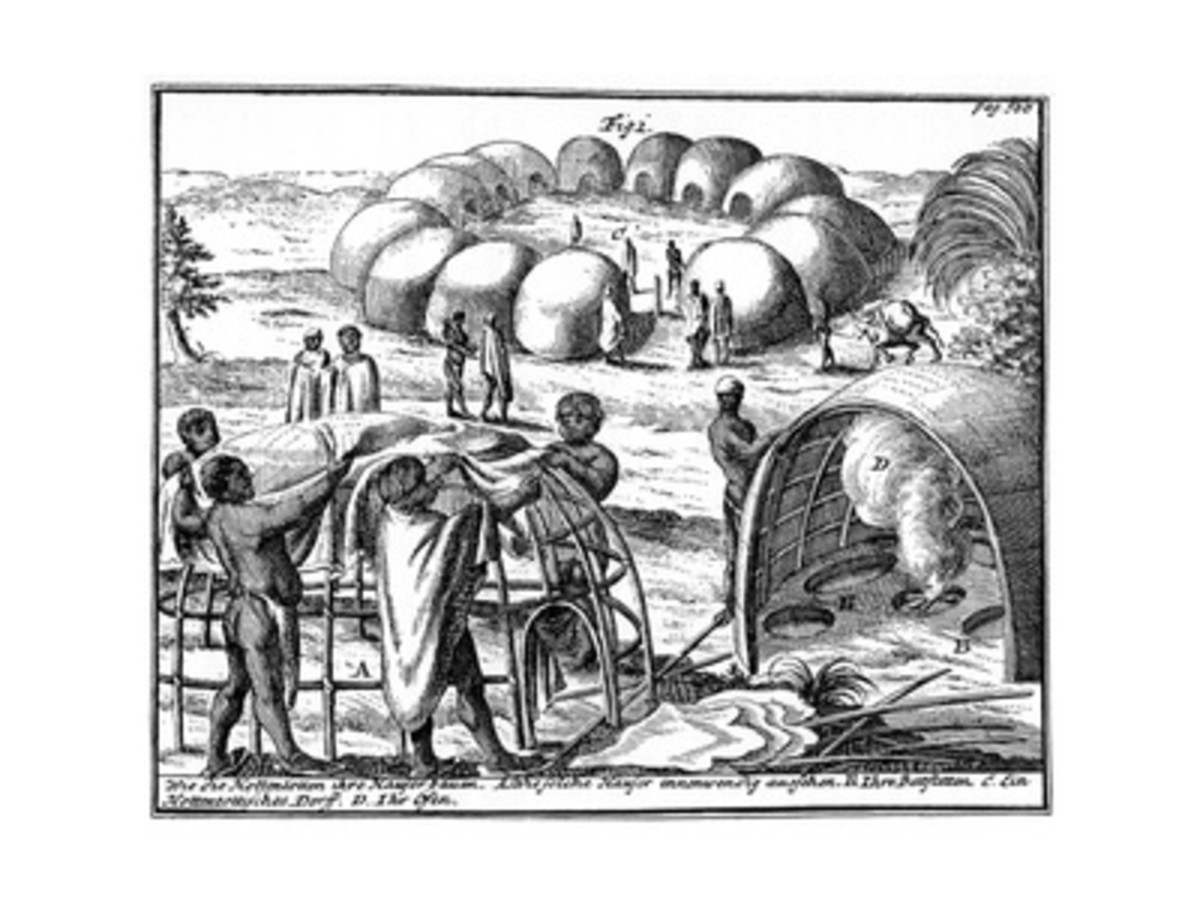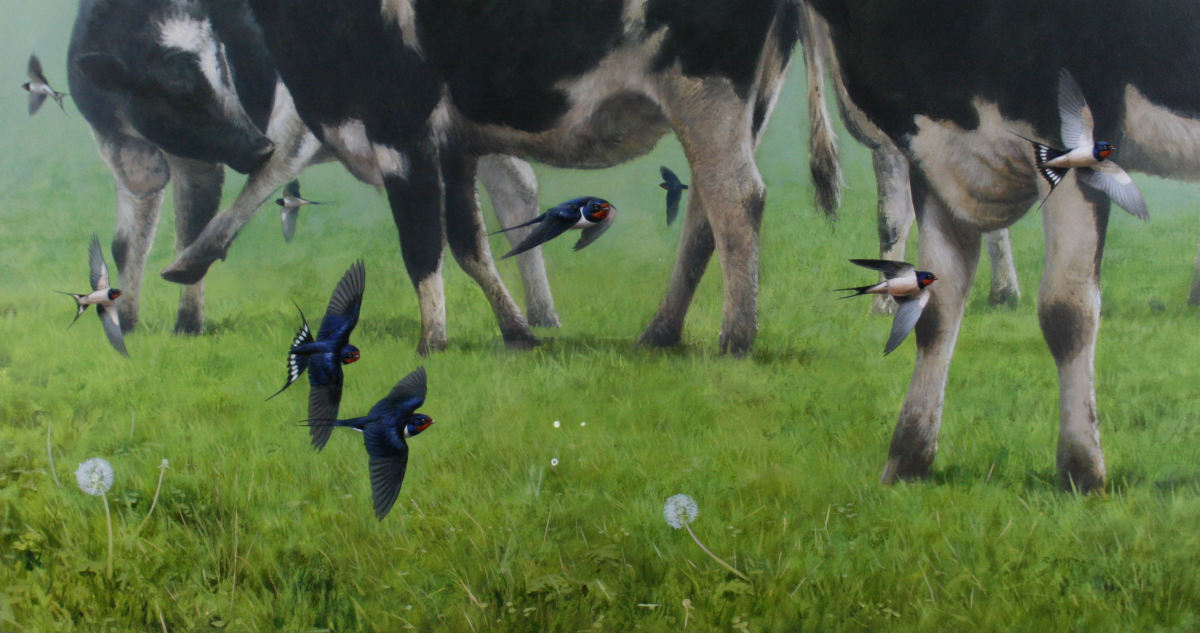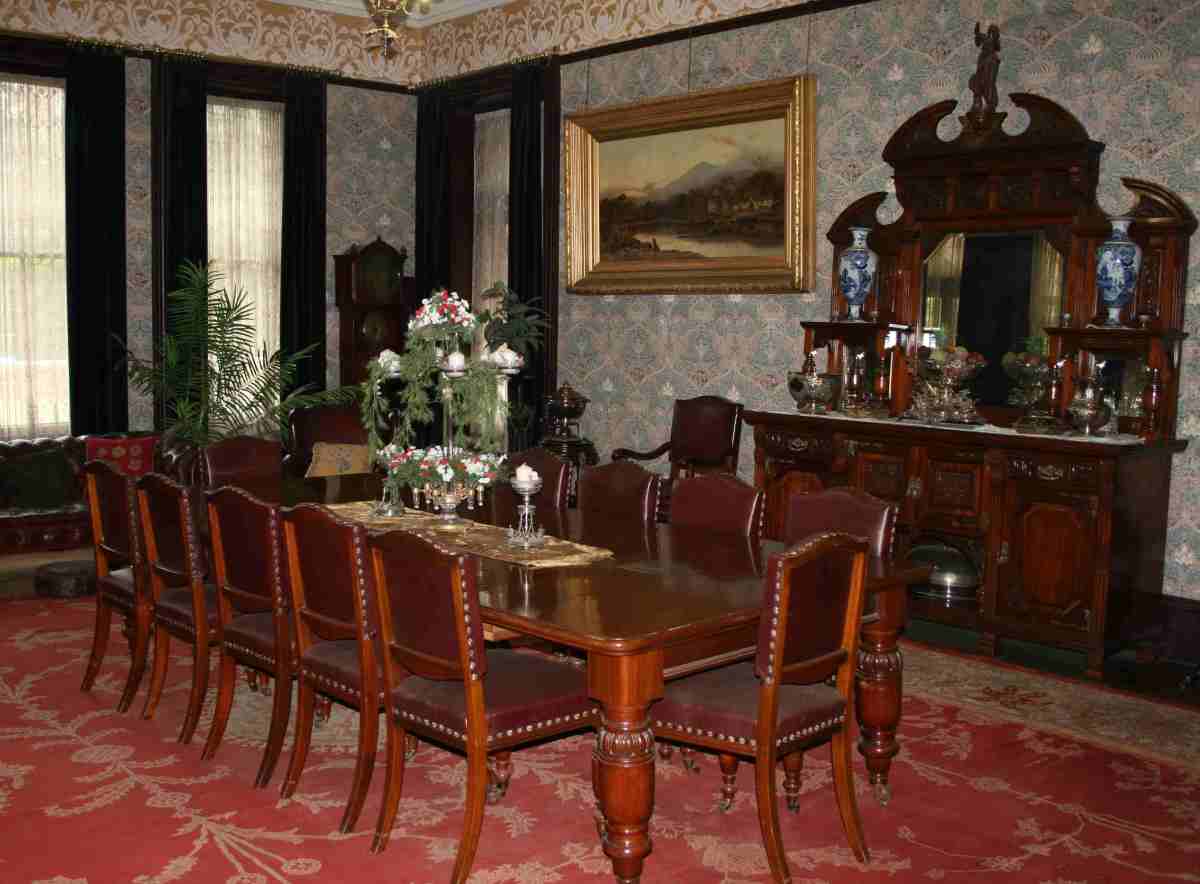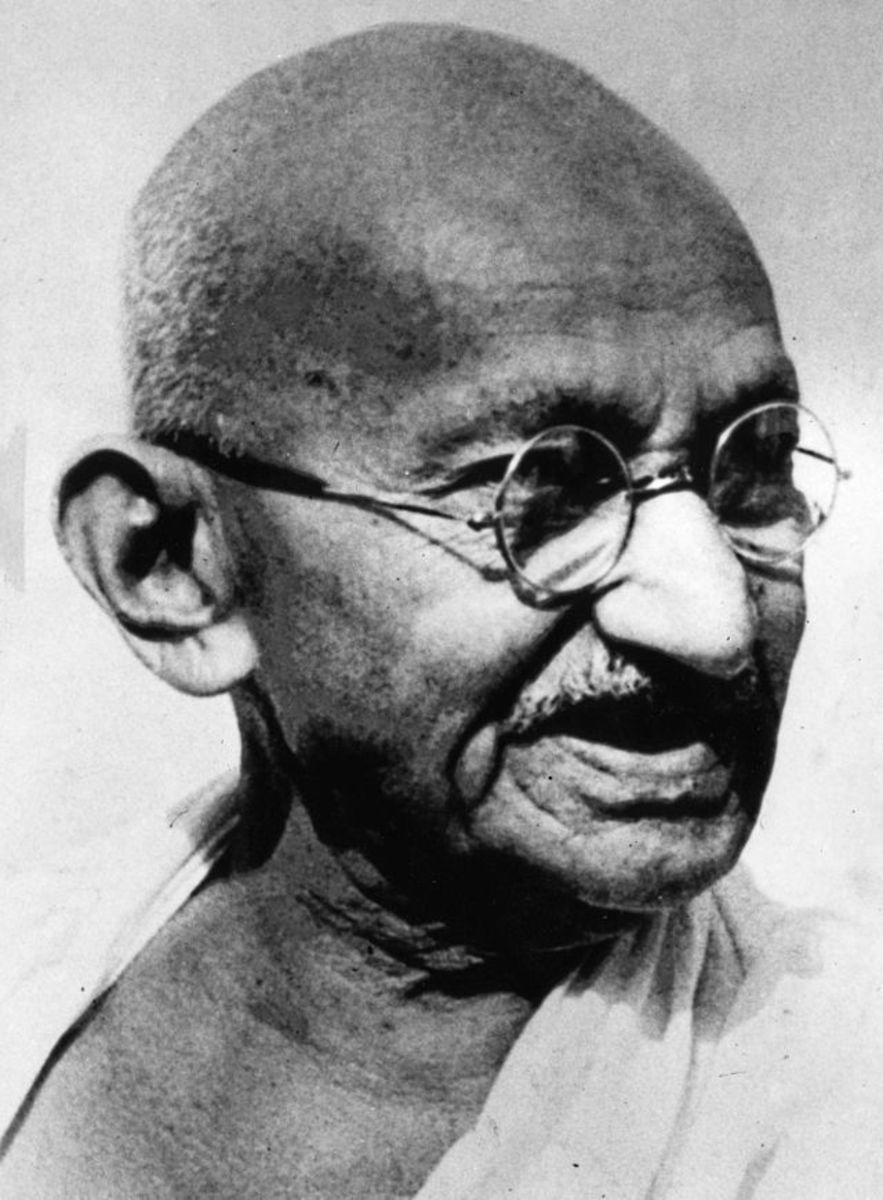- HubPages»
- Education and Science»
- History & Archaeology»
- History of the Modern Era
Remembering Gandhi
Introduction - some Gandhi quotations
"There are many causes that I am prepared to die for but no causes that I am prepared to kill for."
If I am to die by the bullet of a mad man, I must do so smiling. There must be no anger within me. God must be in my heart and on my lips. – Mohandas K. Gandhi, January 28, 1948.
...suddenly a man, who was later identified as Nathu Ram Godse took steps out of the crowd and fired three shots at Mahatma. Bullets hit him on the stomach and chest. Mahatma fell down saying Ram-Ram...
– Nand Lal Mehta, in the First Information Report recorded on January 30, 1948, at 9.45 p.m.
“Friends and comrades, the light has gone out of our lives, and there is darkness everywhere, and I do not quite know what to tell you or how to say it. Our beloved leader, Bapu as we called him, the father of the nation, is no more. Perhaps I am wrong to say that; nevertheless, we will not see him again, as we have seen him for these many years, we will not run to him for advice or seek solace from him, and that is a terrible blow, not only for me, but for millions and millions in this country.”
—Jawaharlal Nehru, address to Gandhi
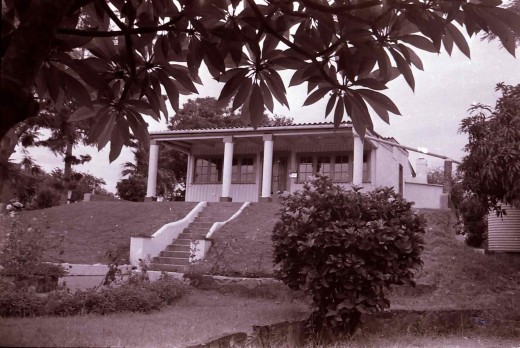
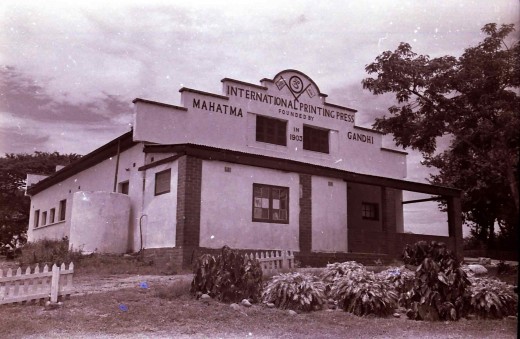
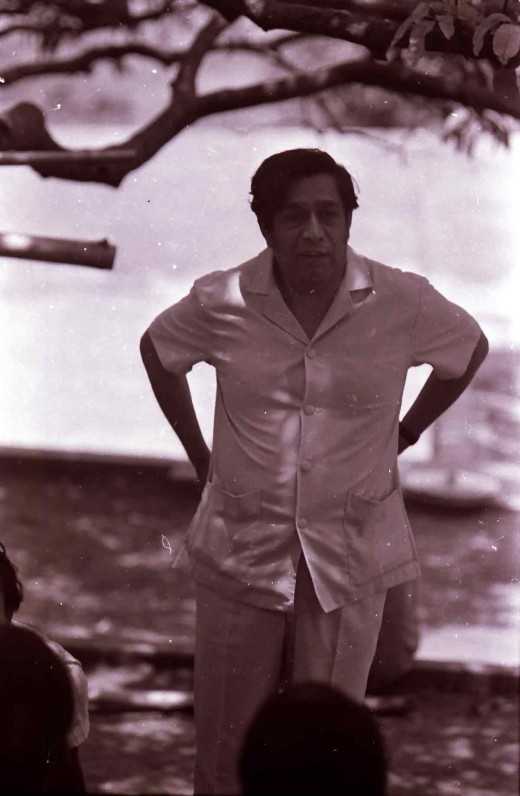
Remembering the Mahatma in South Africa
In the early 1970s I was living with my family in Durban, South Africa, and we went many week ends to the Phoenix Settlement near the city, with groups of other young people, black and white, Christian, Muslim, Hindu and Buddhist (and probably some other religions I did not know about at the time) for meetings, discussions and work parties.
When I first started going to these gatherings I had little knowledge of the Mahatma and I then set out to find out as much as I could about him.
There we were privileged to meet the granddaughter of Mohandas Karamchand Gandi, the daughter of his second son Manilal. This gracious, gentle lady was a presence at the Phoenix Settlement with her then husband the late Mewa Ramgobin (they were later divorced).
At these weekend gatherings we also met other wonderful people like Dr Ismail Meer and his wife the academic Professor Fatima Meer, Dr Anthony Barker of the Charles Johnson Memorial Hospital in what was then called Zululand, and even the Zulu leader Prince Mangosuthu Buthelezi.
At these gatherings we discussed backwards and forwards the problems people who were convinced practitioners of non-violence had in the face of the violence of the apartheid state These discussions could become quite heated, though the particpants stayed non-violent, as far as I know!
These gatherings were opportunities for us to meet people of different races in conditions of equality. For me they were important events on my journey of discovery of the realities and possibilities of South Africa.
When I first started going to these gatherings I had little knowledge of the Mahatma and I then set out to find out as much as I could about him.
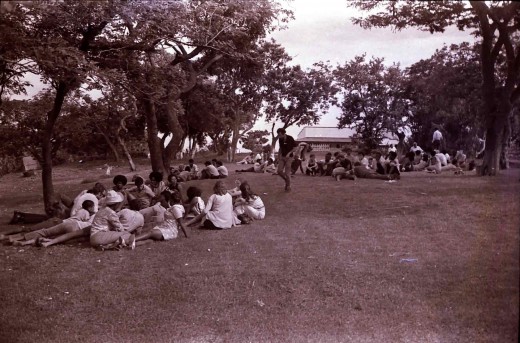
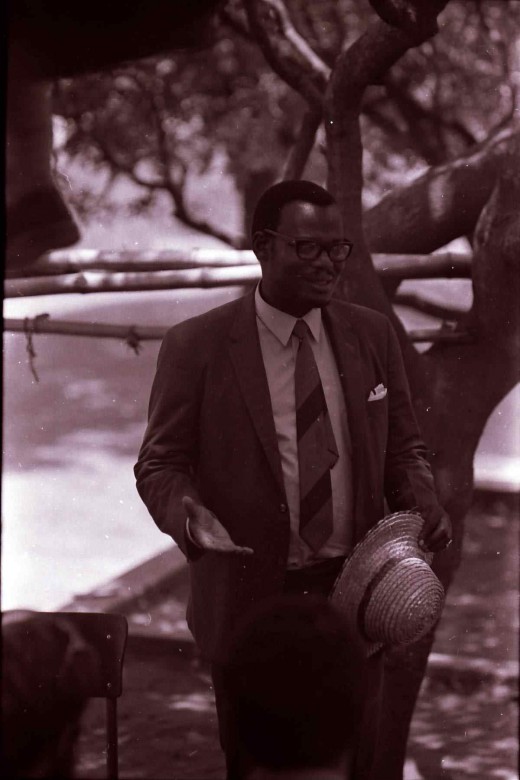
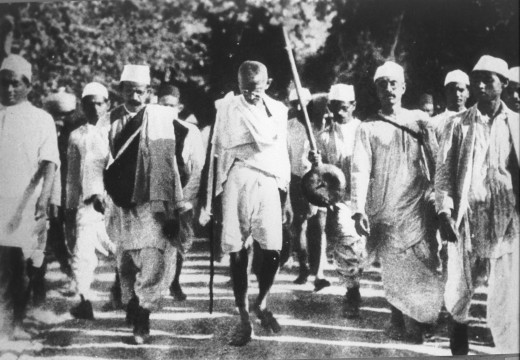
What did Gandhi teach?
“I am but a seeker after Truth. I claim to have found a way to it. I claim to be making a ceaseless effort to find it. But I admit that I have not yet found it. To find Truth completely is to realize oneself and one's destiny, i.e., to become perfect. I am painfully conscious of my imperfections, and therein lies all the strength I possess, because it is a rare thing for a man to know his own limitations.”
Gandhi's legacy is not without controversy. As with any great person who had a strong personality and different views, he was attacked, and his legacy is still attacked, from many sides. His activities and writings in South Africa are no exception.
His teachings were based on two primary ideals or philosophical premises: the supremacy of truth, or satya, and non-violence, or ahimsa, as the way to attain truth. He called his autobiography My Experiments with Truth.
His teaching of the way of satyagraha, often called “passive resistance”, was a physically, mentally and morally demanding one, and he was uncompromising in his insistence on adhering to certain principles of action and attitude.
Some of the principles to which he held anyone wishing to undertake an action in the spirit of stayagraha were:
1. Non-violence
2. Chastity or bramacharya, which is the subordination of sensual desires to the truth.
3. Truth, meaning living totally in accord with the truth
In addition a satyagrahi (person engaging in satyagraha) had to live by a set of rules like: harbour no anger; never retaliate; do not curse or swear; do not insult the opponent; do not do anything that could wound the sensibilities of a member of another religion.
Clearly this goes way beyond passive resistance and makes huge demands on the participant.
Gandhi also called on his followers to live simple lives, as far as possible to produce for themselves the necessities of life, practice brahmacharya (chastity), to live by their faith and not to eat meat.
On faith he said, when asked whether or not he was a Hindu, he said: “Yes I am. I am also a Christian, a Muslim, a Buddhist and a Jew.”
The assassination
On 30 January 1948, as Gandhi was on his usual evening walk at Birla House in Delhi, Nathuram Godse, a Hindu nationalist, got close enough to Gandhi to shoot his three times, fatally wounding him.
Gandhi was taken back into Birla House and died soon after. There has been in later years much speculation about whether or not his life could have been saved.
Eyewitness Shri Nand Lal Mehta made the following statement to the police:
Today I was present at Birla House. Around ten minutes past five in the evening, Mahatma Gandhi left his room in Birla House for the Prayer Ground. Sister Abha Gandhi and sister Sanno Gandhi were accompanying him. Mahatma was walking with his hands on the shoulders of the two sisters. Two more girls were there in the group. I along with Lala Brij Kishan, a silver merchant, resident of No. 1, Narendra Place, Parliament Street and Sardar Gurbachan Singh, resident of Timar Pur, Delhi were also there. Apart from us, women from the Birla household and two-three members of the staff were also present. Having crossed the garden, Mahatma climbed the concrete steps towards the prayer place. People were standing on both the sides and approximately three feet of vacant space was left for the Mahatma to pass through. As per the custom the Mahatma greeted the people with folded hands. He had barely covered six or seven steps when a person whose name I learnt later as Narayan Vinayak Godse, resident of Poona, stepped closer and fired three shots from a pistol at the Mahatma from barely 2 / 3 feet distance which hit the Mahatma in his stomach and chest and blood started flowing. Mahatma ji fell backwards, uttering "Raam - Raam". The assailant was apprehended on the spot with the weapon. The Mahatma was carried away in an unconscious state towards the residential unit of the Birla House where he passed away instantly and the police took away the assailant.
This murder was the fifth attempt on his life.
A South African postscript
In the early hours of this morning, 30 January 2009, some of Gandhi's ashes were scattered on the sea off Durban in a ceremony of candles flowers.
After his cremation in 1948 some of Gandhi's ashes had been put into small containers and sent to various people around the world, including South Africa, so that his followers could hold memorials.
The ashes brought to South Africa after the Mahatma's cremation in India had been immersed in water at the time. But according to Ela Gandhi, the person responsible for the ashes in South Africa, Vilas Mehta, a Gandhi family friend, had, unbeknown to the family, kept a small portion of the ashes. She died recently and her daughter-in-law returned the ashes to the family.
According to news reports, Ela Gandhi said "Since it's 62 years now, we can't do the complete ceremony that already took place in 1948.
"But in terms of the Hindu custom and family custom, we would pray throughout the night, from 4.00 pm on Friday until 4:00 am on Saturday morning."
"We'll take a little boat and go out into the ocean, and at sunrise, just as soon as the sun rises, the ashes will blow into the sea."
And so Gandhi's sojourn in South Africa has finally come to an end.
Copyright Notice
The text and all images on this page, unless otherwise indicated, are by Tony McGregor who hereby asserts his copyright on the material. Should you wish to use any of the text or images feel free to do so with proper attribution and, if possible, a link back to this page. Thank you.
© Tony McGregor 2009
